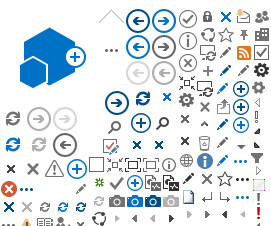Telemedicine in emergency care
Emergency Live
DECEMBER 5, 2023
The benefits and challenges in the digital age: the telemedicine revolution in emergency care Telemedicine is playing an increasingly significant role in emergency care, revolutionizing the way care is delivered. The ability to conduct remote medical consultations has opened up new opportunities for faster and more efficient response to medical emergencies.











































Let's personalize your content